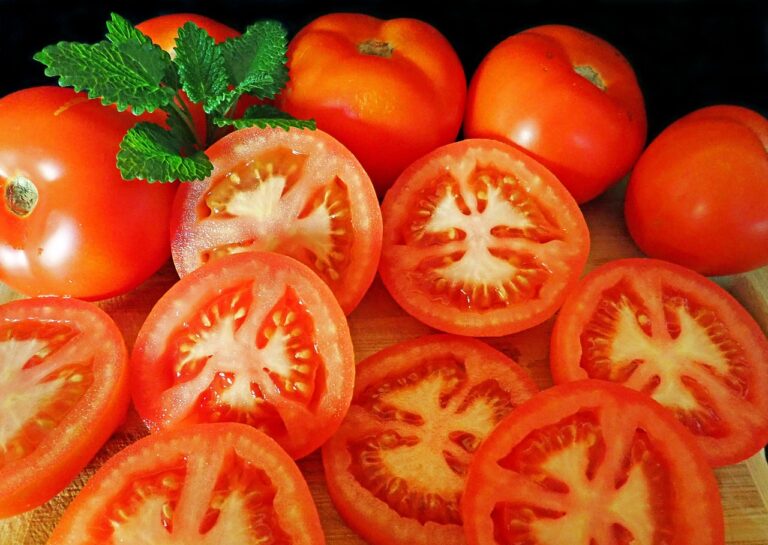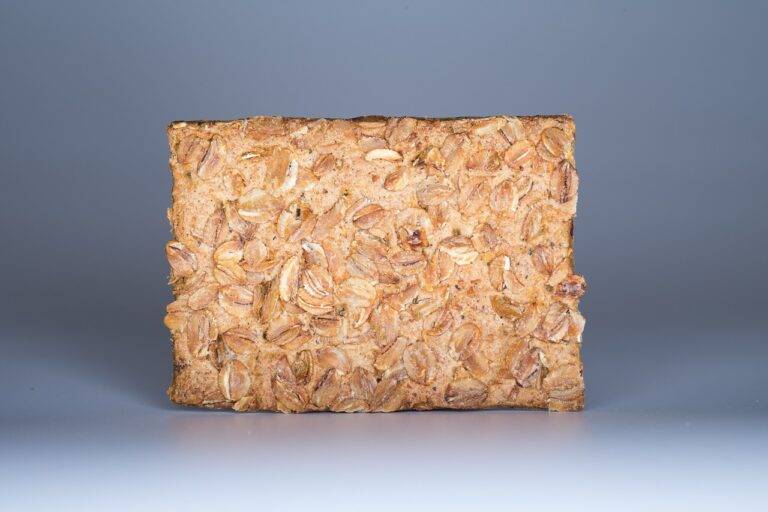Exploring the Art of Sushi Making.
Sushi making has a rich and fascinating history that dates back centuries. Originating in Southeast Asia, sushi as we know it today was developed in Japan during the Edo period. In the beginning, sushi was a way of preserving fish by fermenting it with salt and rice, a technique that gradually evolved into the creation of a flavorful and aesthetically pleasing dish.
Over time, sushi chefs in Japan perfected their craft, transforming sushi into a delicacy enjoyed by the nobility and eventually by the general population. The introduction of vinegared rice, known as shari, marked a significant shift in sushi making, as it enhanced the flavor and texture of the dish. This innovation, along with the use of fresh seafood and seaweed, laid the foundation for the diverse and beloved world of sushi that we know today.
The Cultural Significance of Sushi
Sushi holds a revered place in Japanese culture, symbolizing harmony and balance. It serves as a reflection of the Japanese value system, emphasizing the importance of craftsmanship, precision, and simplicity. The meticulous preparation of each sushi piece echoes the deep respect for ingredients and the dedication to excellence that are ingrained in Japanese society.
Moreover, sushi is more than just a dish—it embodies a social ritual that brings people together. The act of sharing sushi with others promotes camaraderie and strengthens bonds between individuals. Through the communal enjoyment of sushi, connections are forged and relationships are nurtured, highlighting the social significance of this beloved culinary tradition.
Essential Ingredients for Sushi Making
When it comes to making authentic sushi, there are a few key ingredients that are essential for capturing the traditional flavors of this Japanese delicacy. First and foremost, high-quality sushi rice is a crucial component. Sushi rice, also known as shari or sumeshi, is a short-grain rice that becomes sticky when cooked, allowing it to hold together when crafting sushi rolls or nigiri.
In addition to sushi rice, another indispensable ingredient is rice vinegar. Rice vinegar adds a delicate acidity and flavor to the sushi rice, giving it that signature sushi taste. Along with rice vinegar, sugar and salt are often added to season the rice, creating a balanced and flavorful base for the various sushi preparations.
• Sushi rice is a crucial component for making authentic sushi
• Rice vinegar adds acidity and flavor to the sushi rice
• Sugar and salt are often added to season the rice
What is the history of sushi making?
Sushi originated in Japan as a way to preserve fish by fermenting it with rice. Over time, it evolved into the delicious and popular dish we know today.
Why is sushi culturally significant?
Sushi is not just a food in Japan, it is a cultural tradition that represents the country’s history, values, and culinary expertise. It is often served as an art form, showcasing the skills and dedication of the chef.
What are the essential ingredients for making sushi?
The essential ingredients for sushi making include sushi rice, nori (seaweed sheets), fresh fish or vegetables, soy sauce, wasabi, and pickled ginger. These ingredients come together to create the perfect balance of flavors and textures in sushi.







